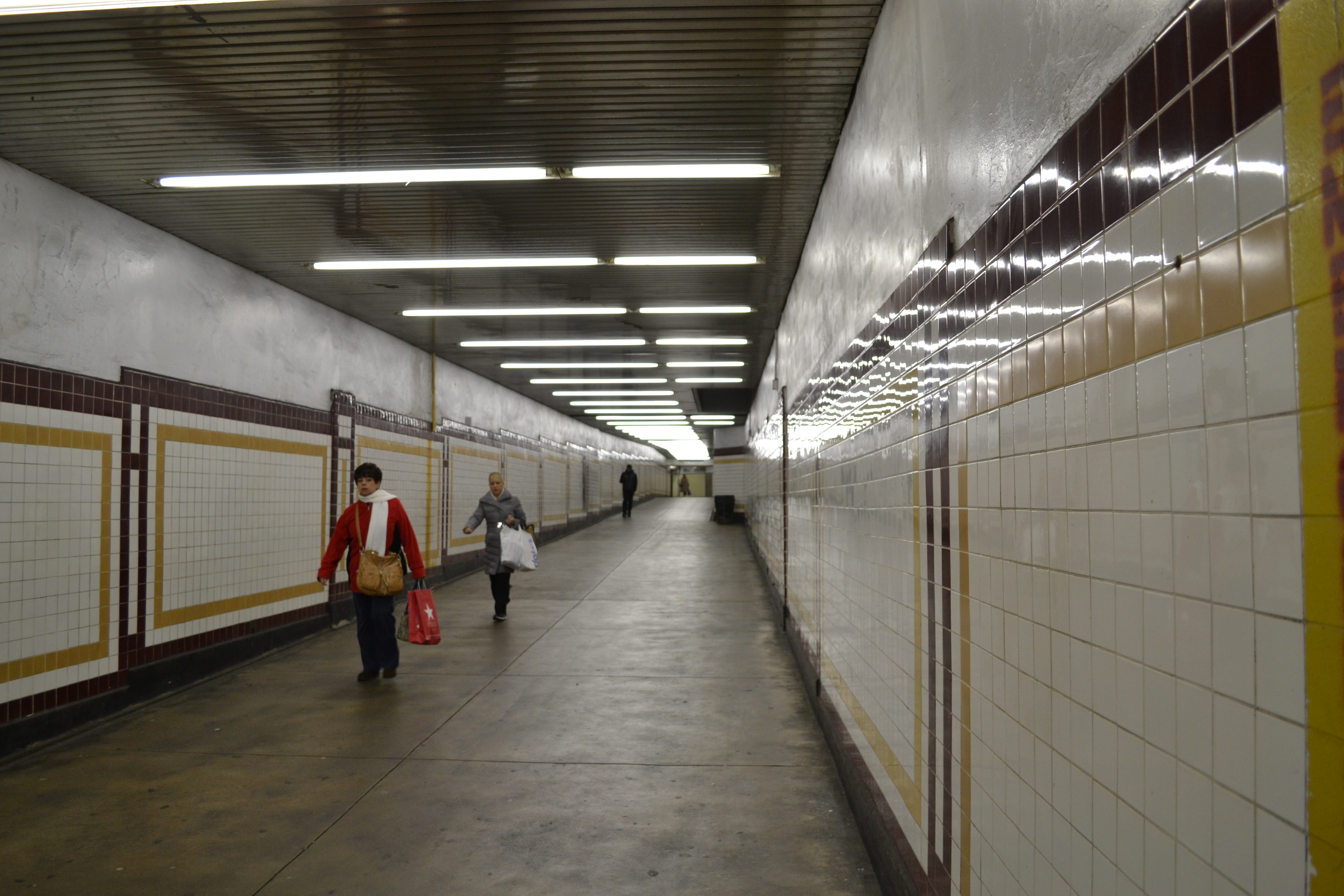April 18: SEPTA begins City Hall Concourse renovations | Ardmore TOD battle | Chicago rezoning

“Health has a lot less to do with your genetic code and a lot more to do with your zip code,” says Dan Taylor, a North Philly pediatrician. Alfred Lubrano says the evidence bears this out, in a sobering look at the inequality of life expectancies between Philadelphia neighborhoods.
Starting today, two sections of the City Hall SEPTA Concourse will be closed for renovations for about a year says Dan McQuade. Here’s what we know about the thinking behind the project.
Ryan Briggs highlights the Grays Ferry Triangle—the citizen-initiated public space makeover of a stub of street at 23rd and South—for Urban Land magazine ahead of the Urban Land Institute’s Spring Meeting in Philly this week. “With a total cost of just $10,000, it is a model that planners hope other neighborhoods will emulate,” he writes.
Maria Panaritis checks in on the fight over Carl Dranoff’s eight-story transit-oriented development project in Ardmore. A group of residents is suing the state to block the dispersal of $10.5 million in state funds for the project, which has already been approved for RACP funding, on the grounds that it no longer involves renovations to the actual train station. The final hurdle for the project is a three-story parking garage required by Lower Merion Township, which the state subsidies would finance.
What’s keeping the U.S. political system from addressing the nation’s huge infrastructure maintenance backlog? Disagreements over taxes and political geography play a big part, says James Surowiecki, but the large and growing number of “veto points” in the system are another underrated issue.
Chicago is considering an interesting proposal for rezoning an expanded area near the Loop, which would address the difficult politics of upzoning in a fairly elegant way. Yonah Freemark explains at the Metropolitan Planning Council blog that the plan would replace 20 different density bonuses with a single “pay-to-expand” system, where developers simply pay the city to build larger. Eighty percent of the fee revenue would go toward a new fund for commercial and cultural needs in under-served areas, 10% would go to restoring landmark buildings, and 10% would pay for local public improvements within a half-mile of new development.
WHYY is your source for fact-based, in-depth journalism and information. As a nonprofit organization, we rely on financial support from readers like you. Please give today.






